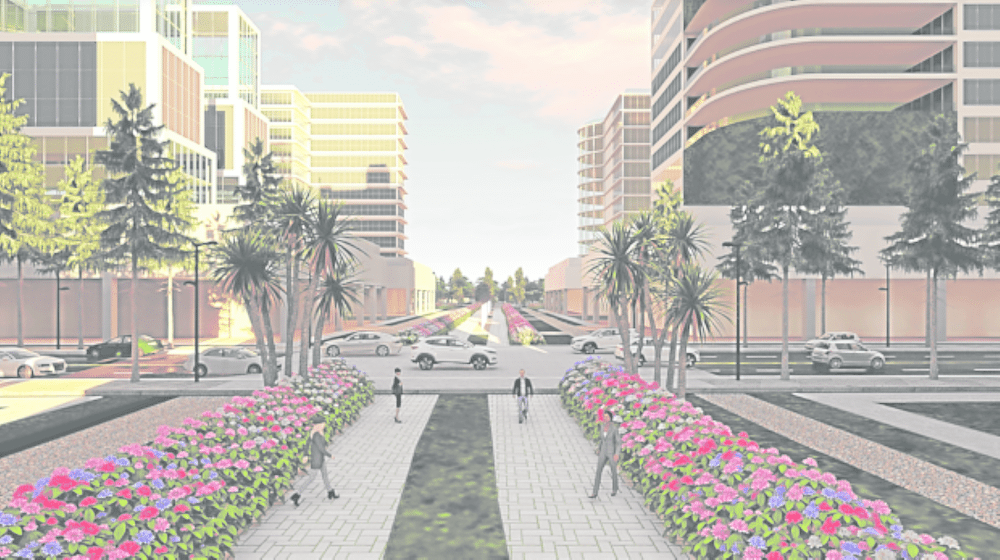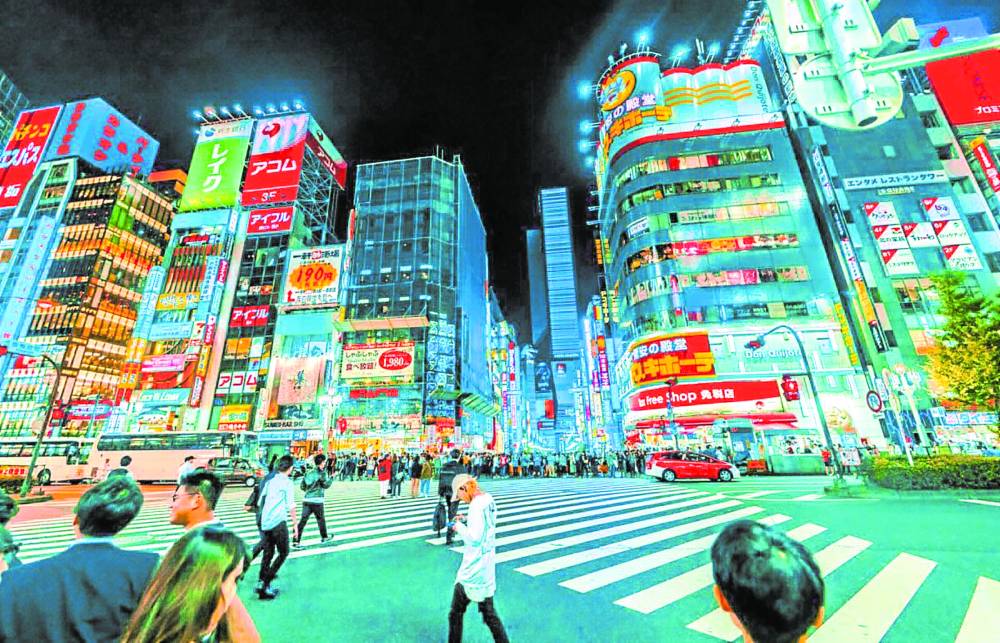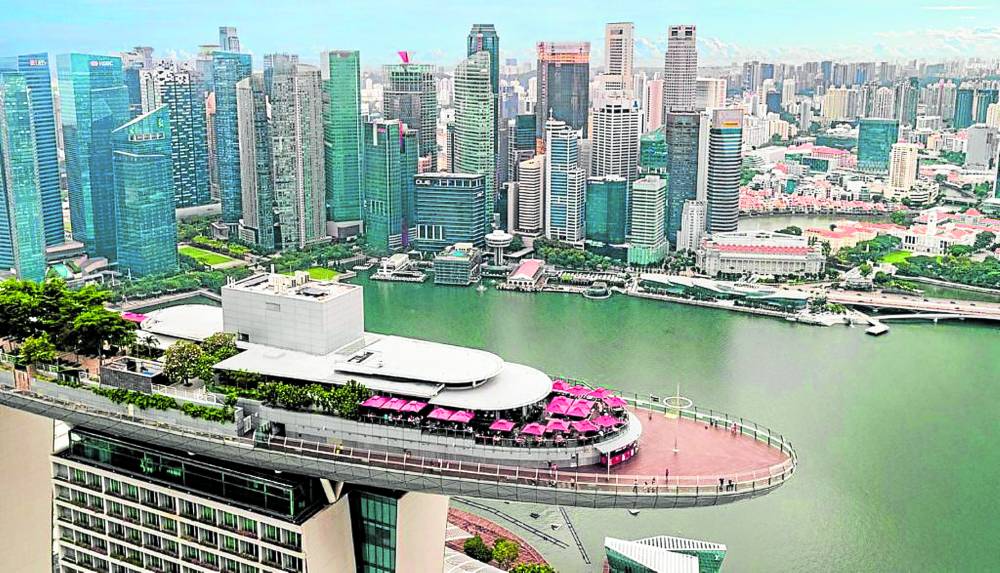Making the new ideal modern city

Comprehensive, long-term regional plans must prioritize livability, sustainability, and equitable growth.
When planning for future city developments in the Philippines, it’s essential to consider a number of critical factors.
These include the early integration of urban infrastructure involving advanced drainage systems, which can help manage stormwater and reduce flooding. Effective land use policies should be considered as these protect crucial areas such as wetlands, floodplains, and green spaces. These areas, in turn, act as natural buffers against degradation and contribute to biodiversity.
Engaging local communities and maintaining inclusivity in the planning are also important as these foster a sense of ownership and responsibility, leading to better care and sustainability of public spaces.
What went wrong in Metro Manila
Establishing a competent authority responsible for integrated regional planning is recommended to address issues like those in Metro Manila.
Comprehensive, long term regional plans must prioritize livability, sustainability, and equitable growth. Consistent zoning regulations, building codes, and infrastructure standards across regions ensure cohesive development.
The stark contrast between Metro Manila’s reliance on private vehicles and underinvestment in public transport underscores the urgent need for robust public transport networks.
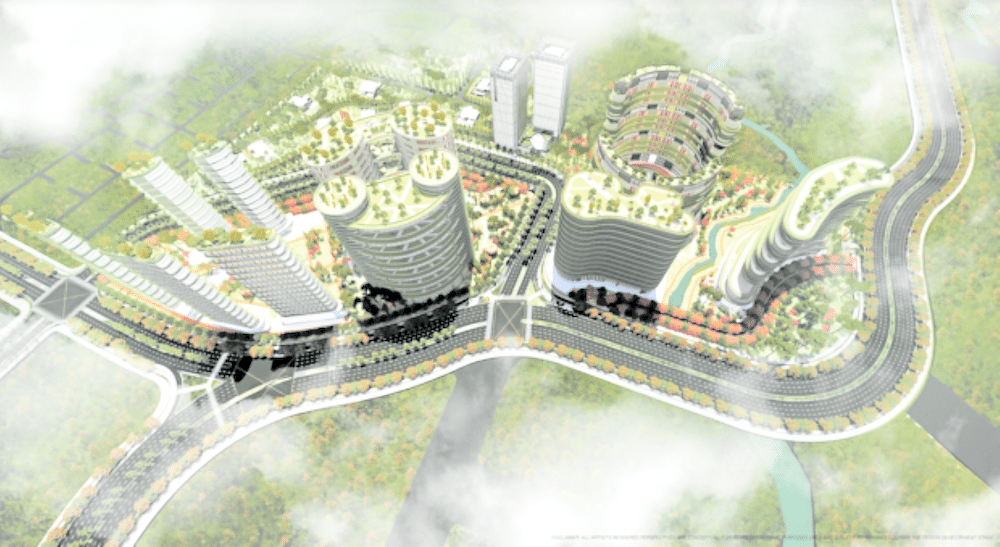
Decentralization and the development of secondary cities relieve pressure on primary urban centers. (FILE PHOTO)
Mass transit systems and pedestrian-friendly infrastructure have the potential to significantly reduce the city’s carbon footprint and improve urban mobility. Policies discouraging private vehicle use and promoting sustainable mobility should be central to urban planning.
Public interest first
Transparency and accountability in the permit and development process combat corruption and prioritize public interest over private gains.
Empowering citizens to participate in planning decisions and holding local leaders accountable fosters good governance. Decentralization and the development of secondary cities relieve pressure on primary urban centers.
Investment in infrastructure, housing, and public services supports economic growth in provincial areas. Careful management of urban expansion prevents the growth of informal settlements and slums, ensuring a more livable, equitable, and viable urban environment.
Uniting the community
Civic centers serve as vital components in modern urban development, offering spaces for public services, learning, and community engagement.
Inspired by the traditional Filipino “Bayanihan” concept, these centers foster communal unity and cooperation by including libraries, co-working spaces, government offices, and cultural venues.
Centrally located within residential and commercial districts, they provide a focal point for community interaction and knowledge exchange.
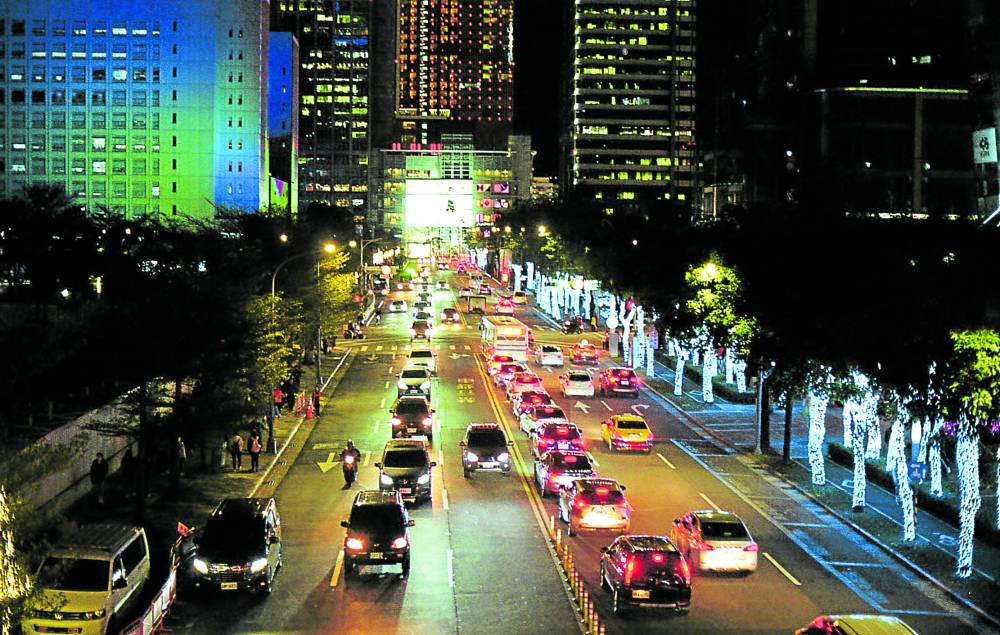
Central business districts and economic zones provide infrastructure and incentives for thriving businesses. (ALANKRANTAS VIA PEXEL)
Learning From successful city models
Central business districts and economic zones provide infrastructure and incentives for thriving businesses.
These zones should offer a mix of commercial, industrial, and technological spaces to support diverse industries. Learning from successful city developments in neighboring countries, such as Singapore’s Marina Bay or Malaysia’s Cyberjaya, guides the creation of dynamic and competitive economic hubs in the Philippines.
Value of regional Identities
Cultural and recreational spaces play a significant role in enriching urban life and preserving heritage.
Museums, universities, theaters, parks, and sports facilities provide residents leisure and cultural experiences. These spaces also attract tourists and contribute to the city’s robustness.
Incorporating cultural elements in urban design celebrates local identity and fosters national pride. Collaborative efforts between government and private sectors enhance the availability and quality of these amenities, making the city more vibrant and attractive.
The author (at www.ianfulgar.com) is a leading architect with an impressive portfolio of local and international clients. His team elevates hotels and resorts, condominiums, residences, and commercial and mixed-use township development projects with innovative, cutting-edge design and business solutions that have garnered industry recognition, making him the go-to expert for clients seeking to transform their real estate ventures

